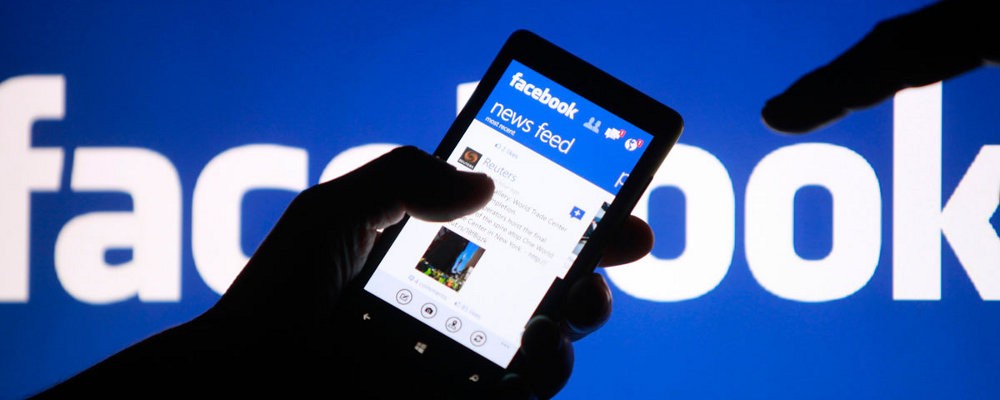Facebook is seeking to cut into the $66.4 billion TV advertisement market through their new Premium Video Ads. Let’s take a look at how these ads will work, who they’re designed for, what tangible benefits have already occurred, and what the cost will be to run one of these ads on a Facebook users’ News Feed.
How it works:
Facebook Premium Video Ads begin to play without sound as you are scrolling through your News Feed. If you don’t want to watch them, they’ll stop once you’ve scrolled past the screen. However, by tapping on the video, sound will emit and the advertisement will go into a larger screen outside of the news feed.
Facebook has changed its algorithms around not only to determine who is watching these Premium Video Ads, but for how long they are watching as well. Those who are more likely to open the videos based on previous behavior will find more ads within their news feeds than those who consistently scroll past the videos.
Who they’re designed for:
Premium video ads are designed for large brands’ awareness campaigns that are meant to reach a mass number of people in order to increase interest in a brand, product or content in a short amount of time. For example, the first premium ad that was shown on an experimental basis was a trailer for the movie “Divergent,” which was created by Lionsgate Summit Entertainment.
Facebook contends that while TV advertisements typically reach 38% of their targeted demographic, they often over-deliver to the wrong people and can’t reach others. Premium video ads, on the other hand, can be narrowly targeted to an ideal consumer (based on the wealth of personal data within Facebook) and can be converted with 89% accuracy.
Benefits:
One major benefit that Facebook Video ads seem to have over other digital marketing channels like YouTube is the aspect of free will. The insights gathered from Facebook video ads infer that a user sat through an advertisement voluntarily, instead of scrolling past it. This is in contrast to the advertisements on YouTube, where a user must sit through them in order to gain access to the desired content.
One specific example of where Facebook video ads have already outperformed TV advertisements is with Coca Cola reintroducing their iconic polar bears to their French market in 2013. In a dual campaign where the Facebook video ad ran at the same time as the television ad, Facebook and Coca Cola executives both reported that every euro spent on Facebook returned 2.74 euros in additional Coke sales. That was 3.6 times better than the ROI attributed to the TV advertisement. Although this is only one isolated example from a study of 10,000 people, it is clear that the ability to hone in on a target market via Facebook is extremely effective compared to taking a shot in the dark with TV advertisements.
Cost:
Although the information has not been released publicly, it is widely speculated that due to Facebook’s enormous and active daily user base of 1.28 billion people, Premium Video Ads will cost advertisers’ ~$1-$2 million per day. The ads are bought based on Targeted Gross Rating Points to reach a specific audience over a short period of time. And while they have been proven to be effective for brands like Coca Cola, small brands will have to wait for such an opportunity; they are unfortunately tailored exclusively to elite brands and are not yet available for smaller brands and businesses.




